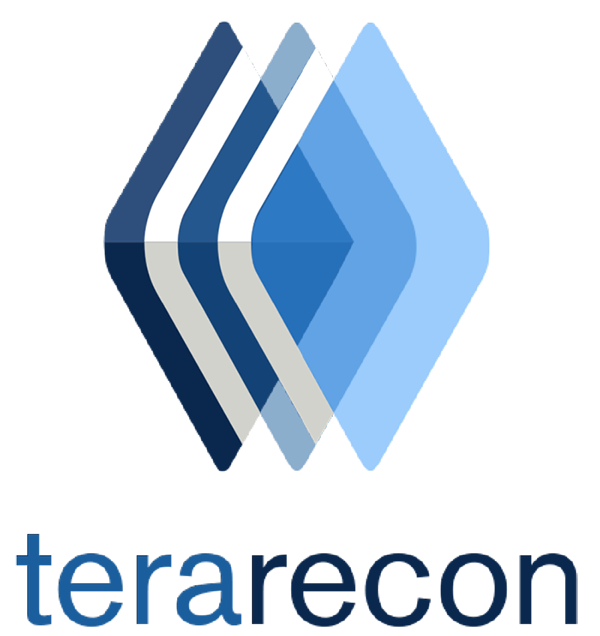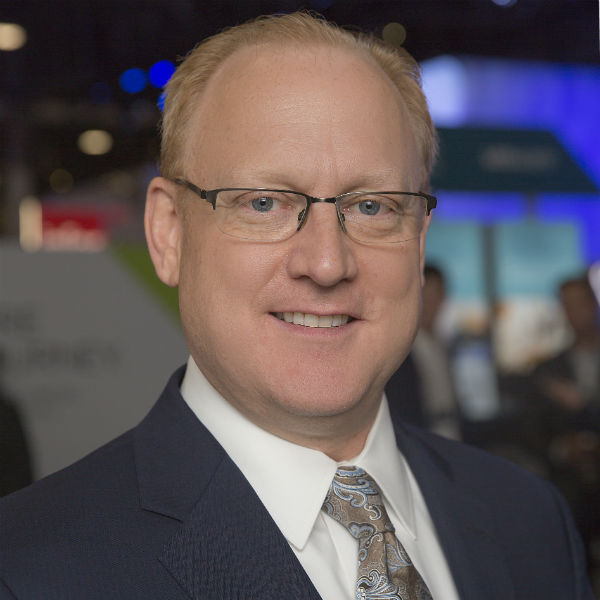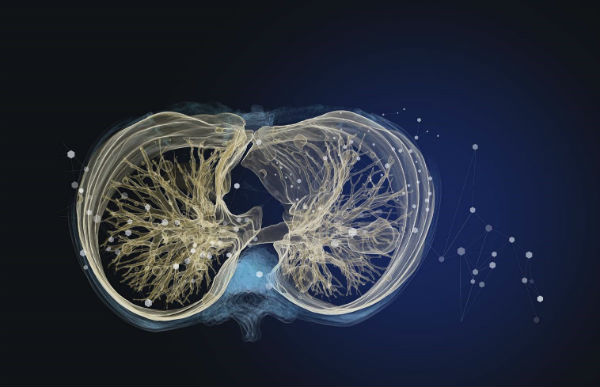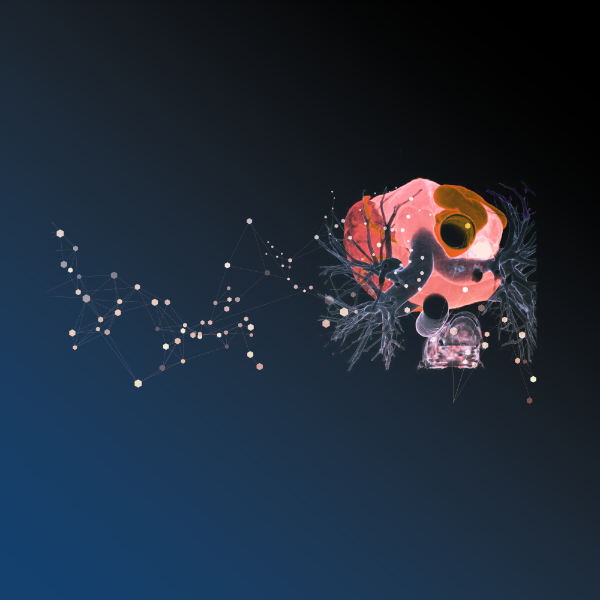
Durham Medical AI Leader TeraRecon Makes Quick Shift to COVID-19 Imaging

The last few years have been good to TeraRecon, a Durham company that builds comprehensive medical imaging software using artificial intelligence.
In 2017, it released a large algorithm marketplace, and a year later it launched a “results explorer,” which displays the AI-processed images in an interactive and efficient dashboard that gives physicians optimum control. TeraRecon's full efforts have caught national attention, winning clearance from the U.S. Food and Drug Administration, and helping to lure some big clients, including the Cleveland Clinic, the Mayo Clinic, and several of Duke University’s and the University of North Carolina’s healthcare systems.
TeraRecon has more than 5,300 software installations in some 70 countries and stakes claim to several “first-of-its-kind” innovations. And in March, the company won two AI platform patents and was acquired by SymphonyAI, an operating group of leading business-to-business AI companies that brings with it a huge increase in resources and infrastructure.

AI is a rapidly evolving field, especially in the healthcare industry. The key to such successes, Jeff Sorenson, TeraRecon’s president and chief executive said, is to drive that evolution rather than respond to it.
“We build things before people ask for them,” Sorenson said in an interview. “It really comes down to the courage to build what you know you need to build, rather than building the thing that either is the next logical thing your customers are asking for, or the thing you need to compete with others.”
Sustaining a system of perpetual disruption, he added, “is a very difficult thing to do.”
But, in the same March that brought the company new patents and a prominent backer, a different kind of disruption came to TeraRecon – the way it came to us all: COVID-19 was a change that TeraRecon did not see coming.
As the virus spread across the globe, overwhelming patients and healthcare systems, the company began fielding urgent messages from clients.
“We were getting calls from doctors around the world,” Sorenson said. “Our clients were saying, ‘I have read 45 cases and 37 were positive, today.’”
The damage done in each of those cases was unlike anything doctors had seen. TeraRecon’s software could not process the havoc the virus caused in the lungs. “The COVID disease is so severe and so dense that it doesn't just look like another pneumonia,” Sorenson said. “The lung damage is so dense that it breaks the software.”
A company priding itself on anticipation, had to adapt instead.
“We shut down every other project engineering was working on,” Sorenson said, and shifted to answering clients’ need for “a better, faster, more automated tool that can handle these unique cases.”
It took about a month
On May 7, TeraRecon announced it had updated its software with two new lung density analysis solutions that would give physicians a clearer look at COVID-ravaged lungs.

“People worked day and night, they worked weekends, they stopped what they were doing, and we delivered this solution. Anybody who had the skills contributed, which was basically everybody.”
Sorenson said the urgent response was both a challenge and “a great validation of the need and the potential of what AI can do and the role it can play in imaging.”
The new lung analysis solution incorporated improved image science into the existing platform and emphasized ease and speed of analysis. The new solution is entirely cloud based and “literally has no buttons,” he said. “We’ve made it simple enough for everyone to use, accessible for everyone. And we didn’t give up on what we understood the main mission to be: that the physician has to not only understand the findings, but they also have to be able to adjust them and put their own clinical beliefs in very quickly. It is an end-to-end workflow you don’t even have to learn how to use.”
As of May 18, there were 1.5 million confirmed COVID-19 cases in the United States, and federal projections see the death count reaching nearly 150,000 by August. “We have been inundated with interest in the lung solutions,” Sorenson said.
‘You’re talking thousands of images’
TeraRecon calls itself an “advanced visualization and artificial intelligence technology provider,” which translates, for example, into providing detailed 3D images of a heart, all the way down to the vessels, where a cardiologist can measure the volume of plaque, or assess damage. As with the new lung solutions, TeraRecon emphasizes efficiency and user friendliness in its software, taking some of the organizational burden off the doctors so they can concentrate on analysis. The software automates contours, for example, and automatically segments the papillary muscles, arranging the resultant images across several panels that can be adjusted to the needs and preferences of each physician in a patients’ line of care. Simplification is all that more important when the data is complex and endless, Sorenson said.

“For the physicians, you’re talking about thousands of images,” he said. “They are awash in information. The question is, how do you boil that down into something that actually augments their workflow and improves their practice of care versus overwhelming them and confusing them.”
The company often works with its clients, as it did with the new lung suites, to try to build what they need, even as it tries to anticipate the market and lead an ever-changing industry.
Michael Poon, M.D., the director of noninvasive cardiac imaging at Lenox Hill Hospital in New York City, sings TeraRecon’s praises in a video clip on the company website and says he appreciates this kind of collaboration and the software’s ease of use. He says he takes advantage of the software across several complex processes, including cardiac scoring, analyzing congenital heart disease, and cardiac MRIs.
“I am able to talk to a doctor from anywhere in our health system, and if they need my expertise, I would be able to access the data and put it right in front of me so I can look at it quickly and offer my opinion.”
But recent successes might not be sufficient a year from now. TeraRecon was founded in 1997 by two radiologists from Japan. Now there are 182 employees across the board. Things change. If all goes well, so will the company.
TeraRecon recently relocated its headquarters to Durham from Silicon Valley, a move Sorenson said was "based on pure math and science." The thriving biotechnology and life science ecosystem here, he said, convinced them that Durham was the "best place to build our AI products from the ground up." He added: "And we did that – we are a case study in why here, why now."
“TeraRecon will be very important in this as the field becomes more complex,” Poon said.
Lindsay Fleming, TeraRecon's vice president of marketing, said that the company has 30 employees in the Durham office, with plans to expand.
